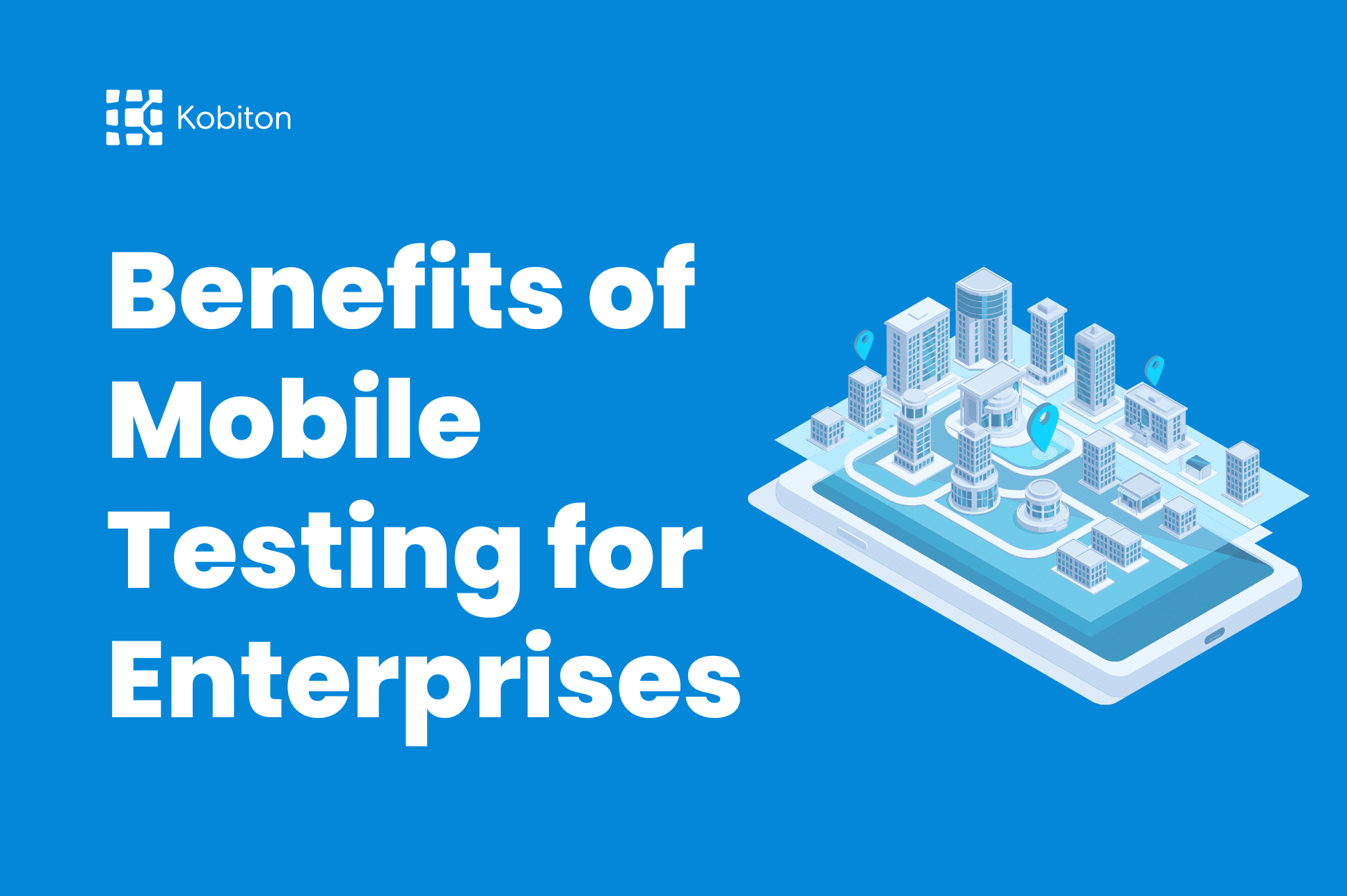
Benefits of Mobile Testing for Enterprises

Cara Suarez
For good reason, continuous integration (CI) and continuous delivery (CD) are at the forefront of modern software development practices. These concepts are dedicated to helping teams create solid QA testing practices and accessible version control. This makes all the difference in efficiency during a development cycle.
So what is a CI/CD pipeline? We’ve seen its implementation in software development and DevOps environments, and it’s safe to say that it’s a good direction for mobile application development. With a growing demand for better software development practices, adopting a CI/CD pipeline sounds like the type of innovation to help a company stand out.
In this article, we’ll discuss the benefits of this testing process, including how it works and how it can benefit mobile-first enterprises.
If you’re looking for the best way to improve your mobile app development cycles, consider implementing a CI/CD pipeline as soon as possible.
Continuous integration (CI) uses an automated pipeline to ensure that all the code changes are sent to a repository accessible to the entire team. It also comes with special tests to check the integrity of the code as a way to avoid bugs or faults in the system. This automation of the building and testing processes can save some valuable time.
Continuous delivery (CD) expands upon continuous integration by reducing the time spent editing code. You can easily introduce changes safely. This is entirely thanks to the well-tested and automated pipeline that all previous code commits are part of.
Now any new changes are added into production without the risk of ruining the entire project. Additions come with the risk of introducing bugs, but with solid safety checks and tests, everything can be handled before the code gets added to the production version.
When continuous integration and delivery occur, it comprises a multi-step process. The main things you’ll need to consider are four phases:
These elements all make up the integral parts of a CI/CD pipeline. For a mobile app development company, a CI/CD pipeline should contain variations of the above phases.
CI/CD testing is essential, especially when you want to deliver a bug-free code compilation.
Mobile app development has changed the game for technology. How people interact with their devices today heavily depends on the speed, security, and stability of the apps they favor. Because of this, many developers are under significant pressure to deliver within shrinking time frames. With CI/CD, automating and streamlining significant aspects of the software delivery process is more viable. This increasingly makes it the best way forward for mobile app enterprises.
CI/CD can significantly reduce development time and cost while improving final product quality. It does this by eliminating the need for manual intervention. Organizations can lower the risk of human error by automating the testing and deployment processes.
Along the way, developers will have an easier time handling deadlines for new updates and features. Ultimately, CI/CD creates a ripple effect that results in higher user engagement, a shorter time-to-market rate, and significantly higher user revenue.
The mobile app market is highly competitive today, and businesses that can deliver new features faster than their competitors will fare better. By automating the development process, developers can focus on creating innovative features and improving user experiences rather than spending time on repetitive and time-consuming tasks. This can result in a more creative, productive, and engaged development team, creating better outcomes for developers and users.
There are several benefits of using a CI/CD pipeline for app development, which include:
Kobiton is a testing platform engineered explicitly for mobile app development teams. As a mobile-first platform, transitioning your team into CI/CD will significantly increase convenience, especially in testing.
Kobiton provides solid tests designed to mirror real-world applications. It uses real devices for testing and creates an environment for automation at scale. With a simple interface, onboarding your team won’t be a problem. If you’re looking for assistance with testing your mobile app, contact Kobiton, and a member of our team would be happy to help.
A CI/CD pipeline is essential to a successful mobile app development strategy. By automating the process of testing and deployments, you can speed up your release cycles and improve the quality of your apps. There are many benefits to using a CI/CD pipeline, but perhaps the most important is that it allows you to respond quickly to changes in user requirements.
Now is the time to switch if you’re not already using a CI/CD pipeline. Contact us today to learn more about how we can help you simplify your mobile app development strategy with our powerful platform.
You may also be interested in: